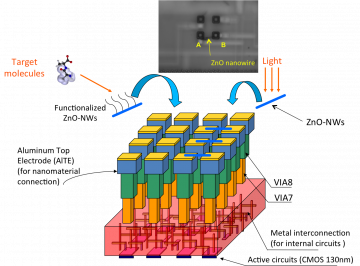Electronic circuits and systems
The research in this area involves the conception of circuits, systems and tools spanning five main tracks.
Researchers designing circuits for Analog and Power electronics focus mainly on AC-DC and DC-DC conversion, sensors and batteries for power applications, as well as in MEMS for mobility applications and for aerospace missions. These research activities, due to the critical applications in which they are typically involved in, pay particular attention to EM interferences and to power efficiency.
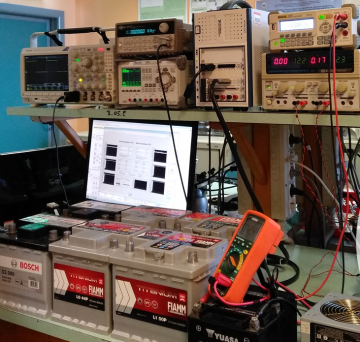
A set of activities specifically address Electromagnetic Compatibility studying the electromagnetic immunity of devices, wire bundles and networks, radiated emissions of boards and wires, bulk current injection for conducted emissions and immunity.
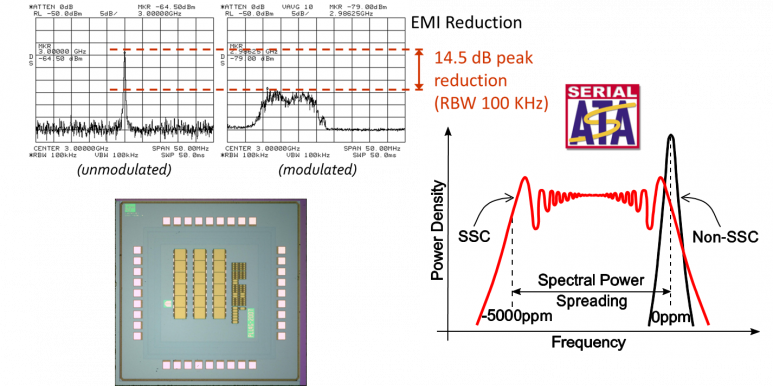
The Digital circuits and systems research track includes the conception and the design of systems and architectures implementing at the hardware level complex or/and critical signal processing, such as image and video coding, cryptography, machine learning, approximate computing, as well as subsystems for robotics and interfaces.
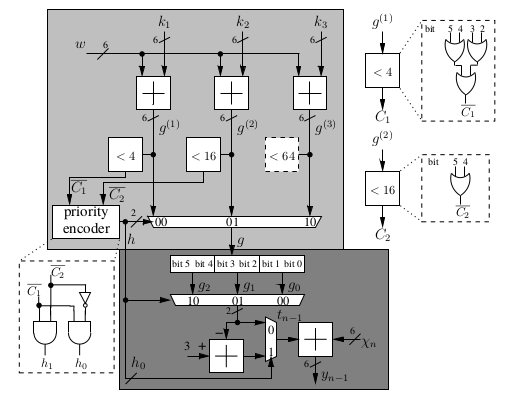
The current scientific scenario includes systems that do not allow to face the design phase using simple or standard techniques any more due to their complexity and/or variability and/or emerging problems related to new technologies. This rises the necessity to define and implement new and specific CAD tools and methods for electronics system.
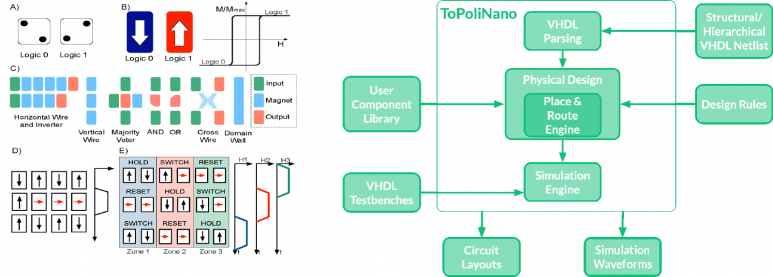
Micro and nano electronics systems are addressed in a specific track where the characteristics and potentials of devices based on nano-technologies and/or MEMS are studied when organized and included in a system conceived either for computation and processing or for life science application. Very often this includes the study of unconventional materials and design methodologies, spans multiple disciplines and involves inter-sectoral competencies.
